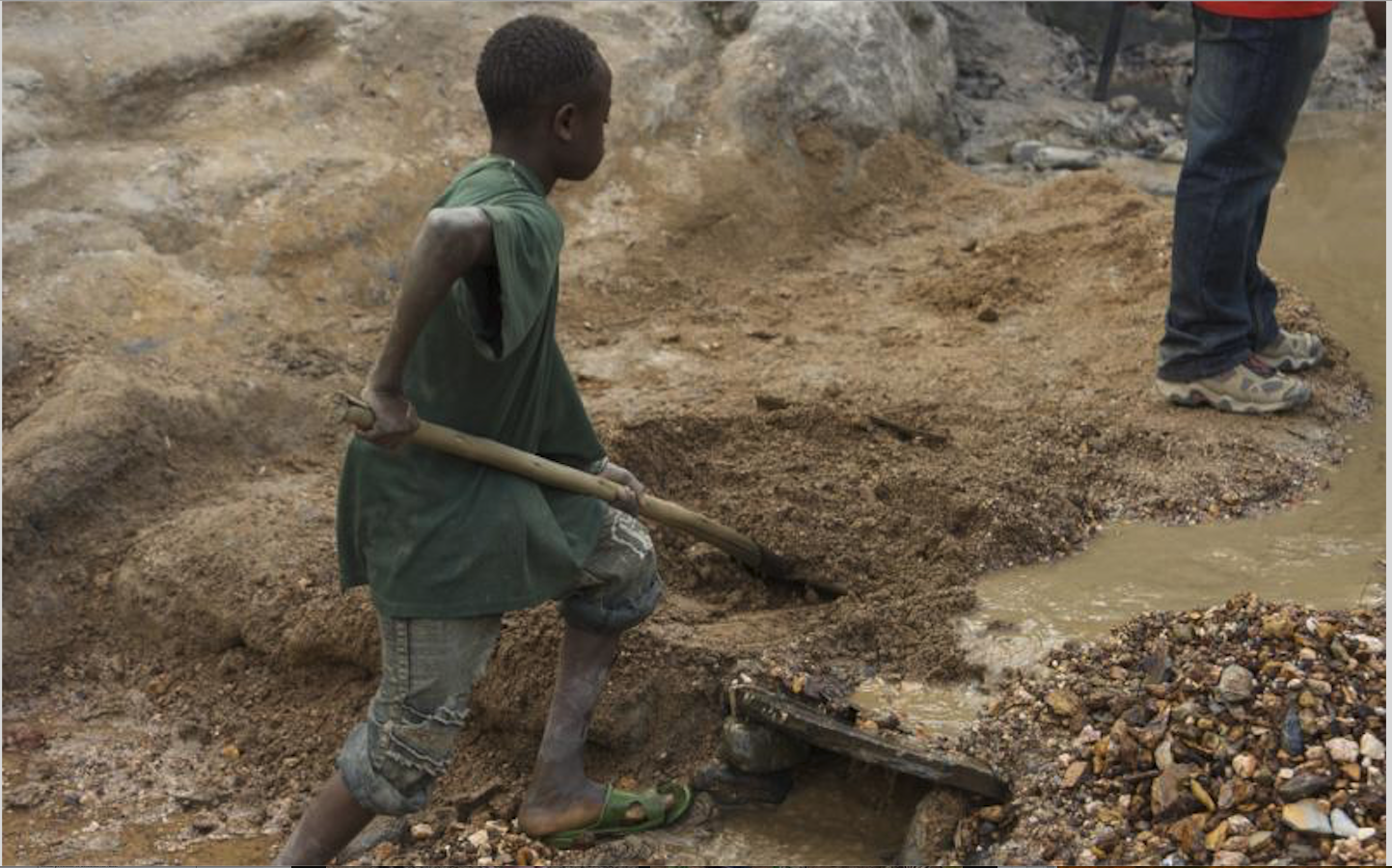Disclaimer: The views and opinions expressed by the author(s) do not represent the official position of Barbados TODAY.
by Wayne Campbell
“There is no greater violence than to deny the dreams of our children.” – Kailash Satyarthi.
All across the globe children are routinely engaged in child labour. Many of us tend to have a narrow definition of child labour. The tendency is for us to view child labour as pertaining to those children who work in factories all across Asia in hot and unbearable conditions. However, child labour is much more than that.
The International Labour Organisation defines child labour as work that deprives children of their childhood, their potential and their dignity, and that is harmful to physical and mental development.
It refers to work that: mentally, physically, socially and morally harmful to children and or interferes with their schooling by depriving them of the opportunity to attend school obliging them to leave school prematurely; or requiring them to attempt to combine school attendance with excessively long and heavy work.
The International Labour Organisation (ILO) launched the first World Day Against Child Labour in 2002 as a way of highlighting the plight of working children. Observed on June 12th the day is intended to serve as a catalyst for the growing worldwide movement against child labour.
Africa ranks highest among regions both in the percentage of children in child labour one-fifth and the absolute number of children in child labour 72 million.
Asia and the Pacific ranks second highest in both these measures 7 per cent of all children and 62 million in absolute terms are in child labour in this region. The Africa and the Asia and the Pacific regions together account for almost nine out of every ten children in child labour worldwide.
The remaining child labour population is divided among the Americas (11 million), Europe and Central Asia (6 million), and the Arab States (1 million). In terms of incidence, five per cent of children are in child labour in the Americas, four per cent in Europe and Central Asia, and three per cent in the Arab States.
While the percentage of children in child labour is highest in low-income countries, their numbers are actually greater in middle-income countries.
Nine per cent all children in lower-middle-income countries, and seven per cent of all children in upper-middle-income countries, are in child labour. Statistics on the absolute number of children in child labour in each national income grouping indicate that 84 million children in child labour, accounting for 56 per cent of all those in child labour, actually live in middle-income countries, and an additional two million live in high-income countries.
In Jamaica a Child Labour Unit was established by the Ministry of Labour and Social Security which collaborates with other local organisations as well as international organisations regarding the elimination of child labour.
The legislation in Jamaica makes it illegal to employ children who are less than 13 years, however it permits light work between the ages 13 to 15 years. A Youth Activity Survey conducted in 2002 indicated that over 16, 000 were engaged in child labour.
Social Protection Needed
The 2022 theme for the World Day against Child Labour is: Universal Social Protection to End Child Labour. The day is designated to bring awareness for the need to increase investments in social protection systems and schemes; to establish solid social protection floors and protect children from child labour.
While significant progress has been made in reducing child labour over the last two decades, progress has slowed over time, and it has even stalled during the period 2016-2020. Today, 160 million children still engaged in child labour some as young as 5. Government social protection systems are essential to fight poverty and vulnerability, and eradicate and prevent child labour.
Social protection is both a human right and a potent policy tool to prevent families from resorting to child labour in times of crisis. However, as of 2020 and before the COVID-19 crisis took hold, only 46.9 per cent of the global population were effectively covered by at least one social protection benefit while the remaining 53.1 per cent as many as 4.1 billion people were left wholly unprotected. Coverage for children is even lower.
The UN adds that nearly three quarters of children – 1.5 billion – lacked social protection. Significant progress towards ending child labour requires increased investment in universal social protection systems, as part of an integrated and comprehensive approach to tackle the problem. Now is the time to add your voice to the worldwide movement against child labour.
The Way Forward
Let us not fool ourselves, child labour is child abuse. There is no justification for child labour. There should be a heightened sense of urgency for us to boycott those products which are made with the labour of children. Those who engage and are supportive of child labour should be prosecuted to the fullest extent of the law.
Children should be in school receiving an education, not around machine sewing or dancing on a pole for the entertainment of men. Unfortunately, the novel coronavirus has in many ways contributed to an increase in child labour given the displacement in the education of millions of children worldwide.
Many children of the working class have not returned to school and have been encouraged by adults to seek employment in order to put food on the table. We see daily these boys who should be in school wiping windscreen at the stop light. Girls are disproportionately impacted and affected by child labour. The responsibility to financially care for a family is not that of a child.
Too many of us are short-sighted and in the long term our children suffer the consequences. There needs to be a collaborative approach involving government, the private sector and civil society to join resources in order to eradicate this scourge on humanity. Child labour is wrong.
In the words of Grace Abbott, child labour and poverty are inevitably bound together and if you continue to use the labour of children as the treatment for the social disease of poverty, you will have both poverty and child labour to the end of time.
Wayne Campbell is an educator and social commentator with an interest in development policies as they affect culture and or gender issues. waykam@yahoo.com @WayneCamo #EndChildLabour




